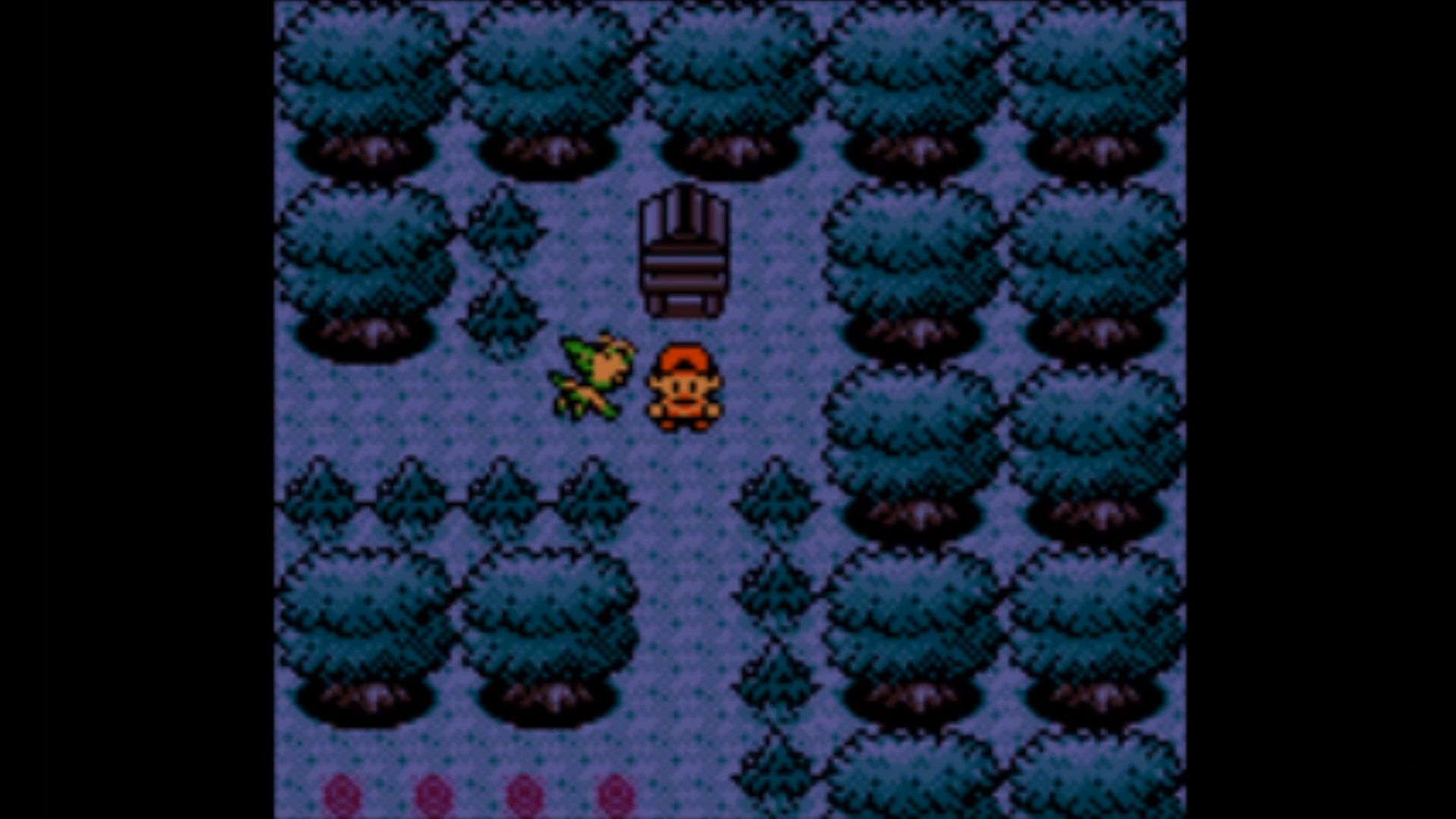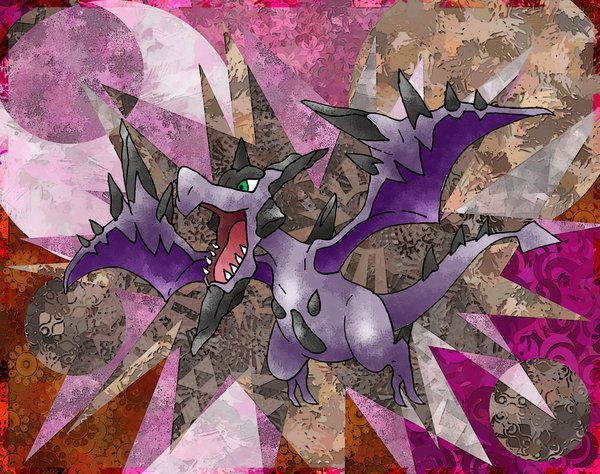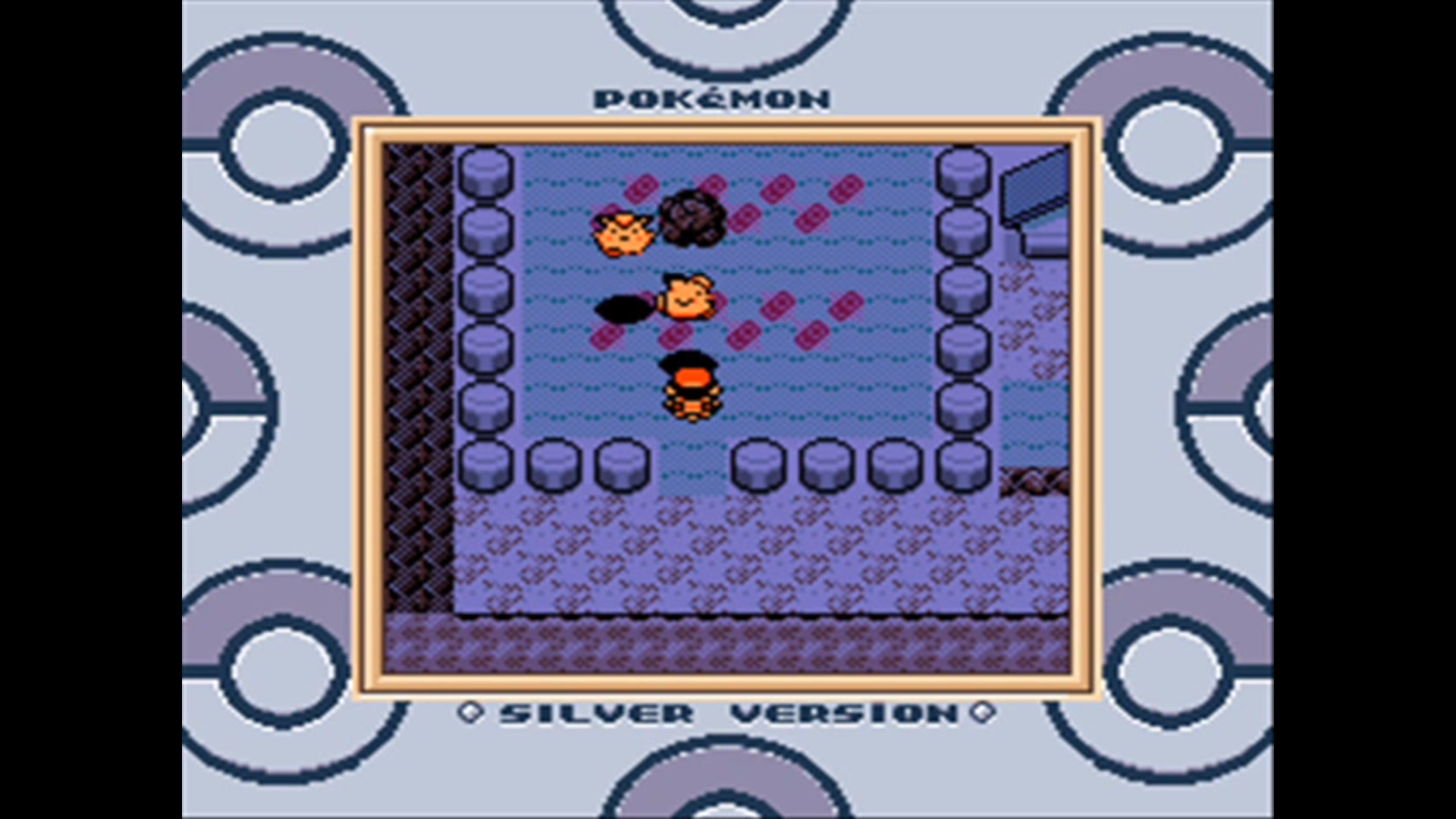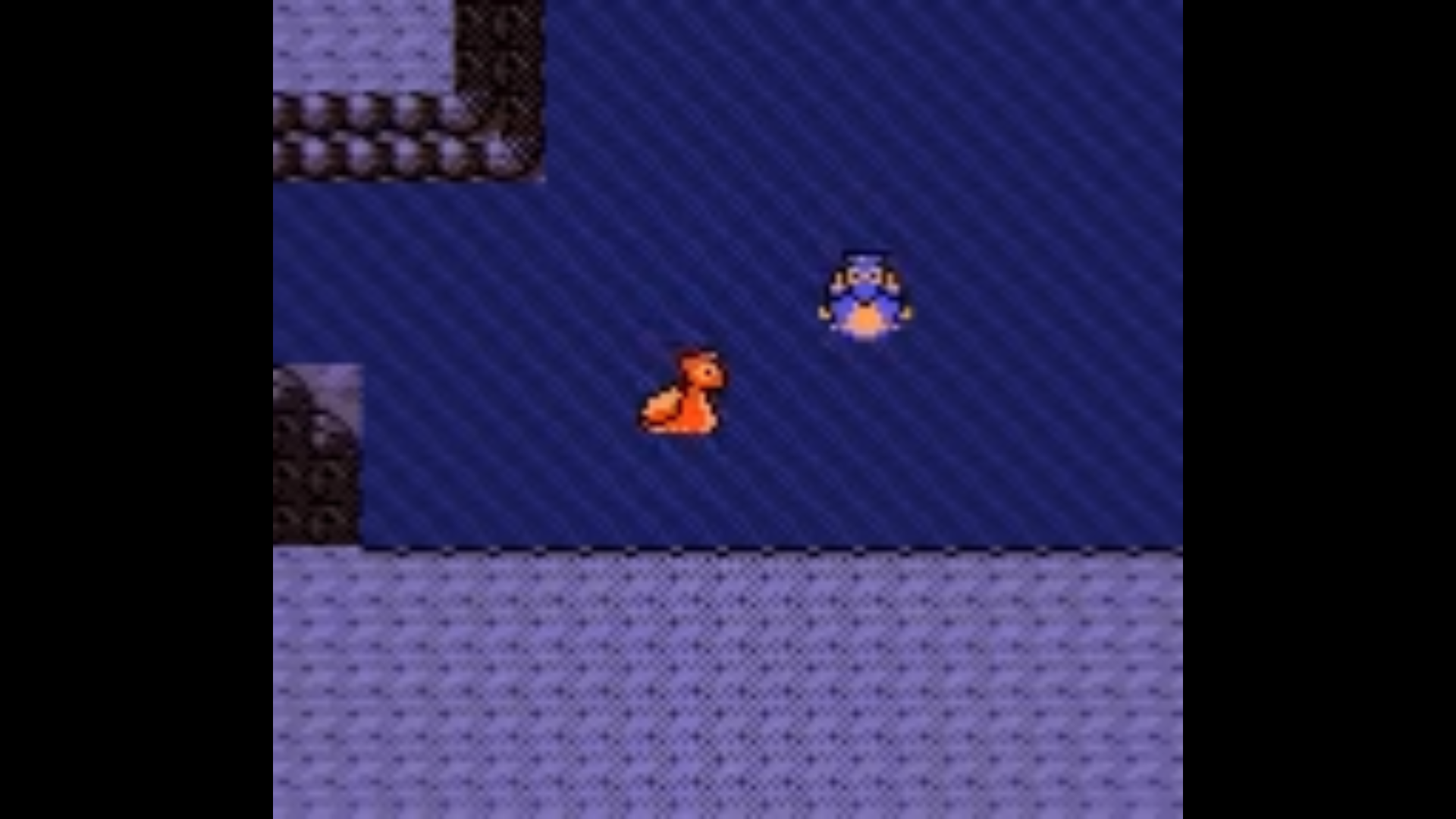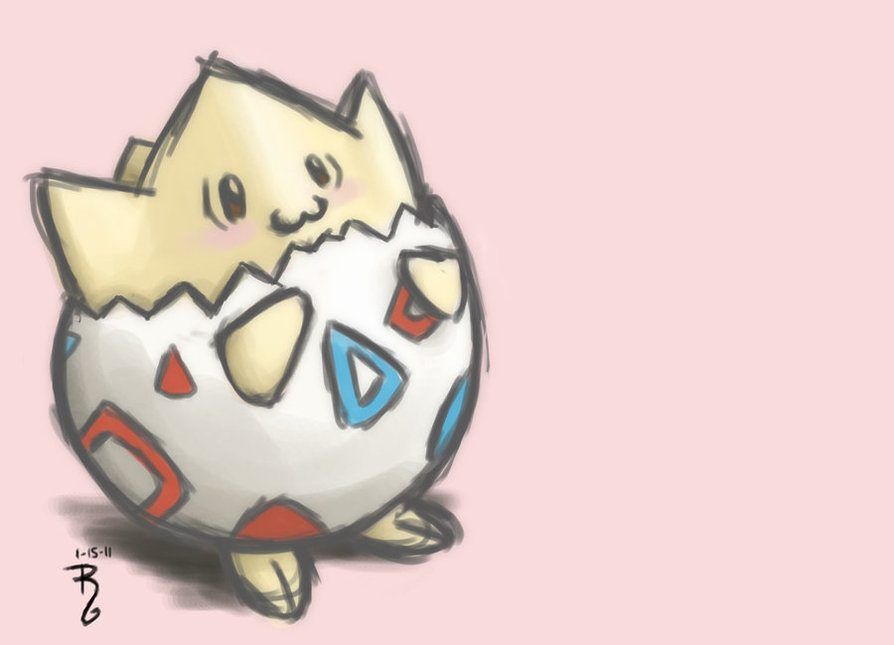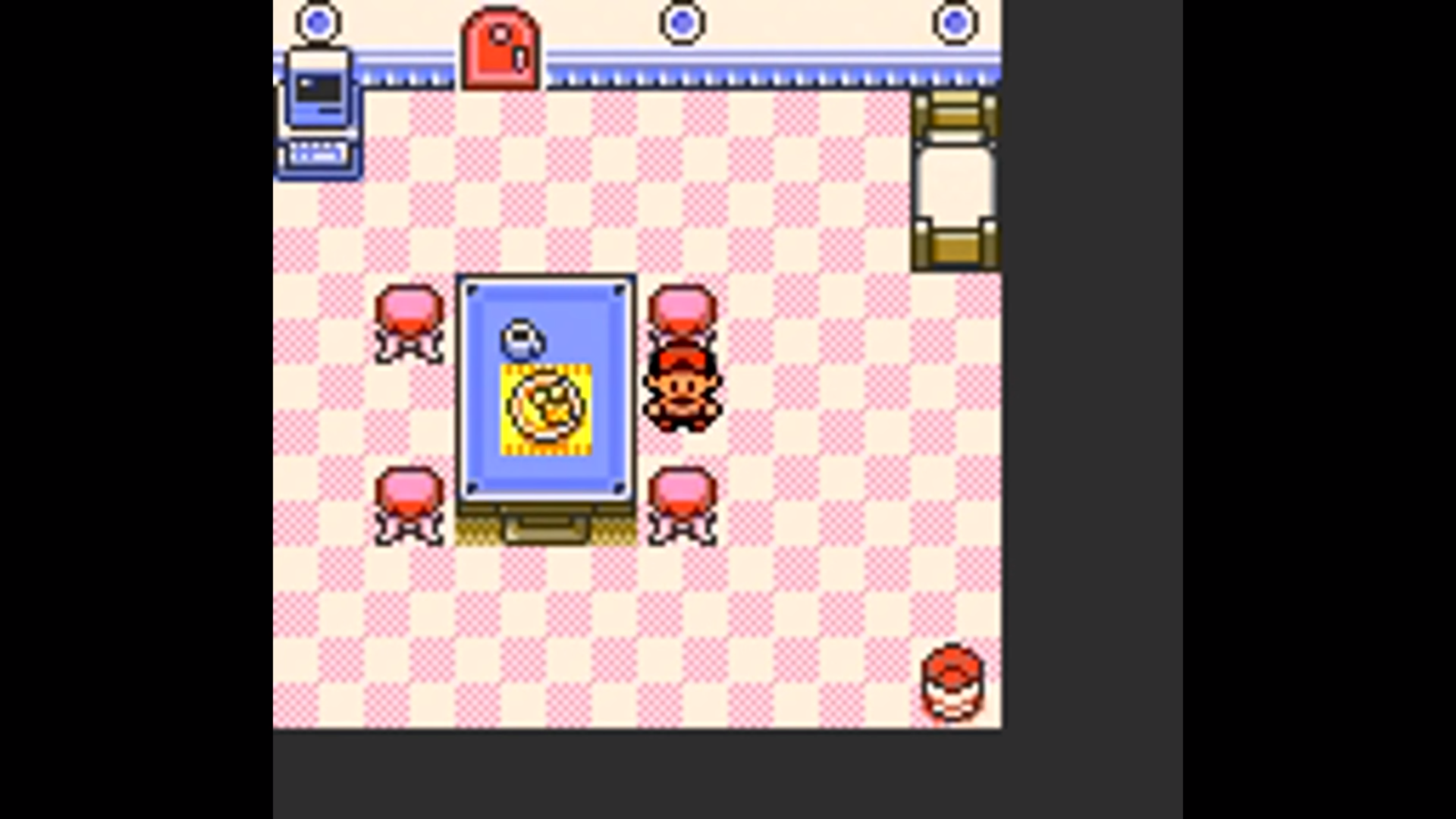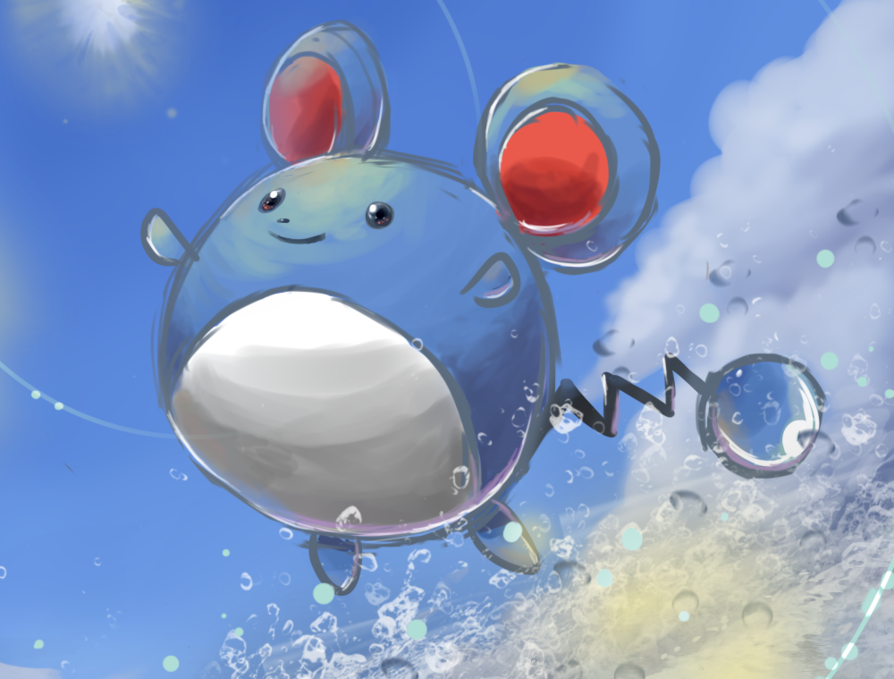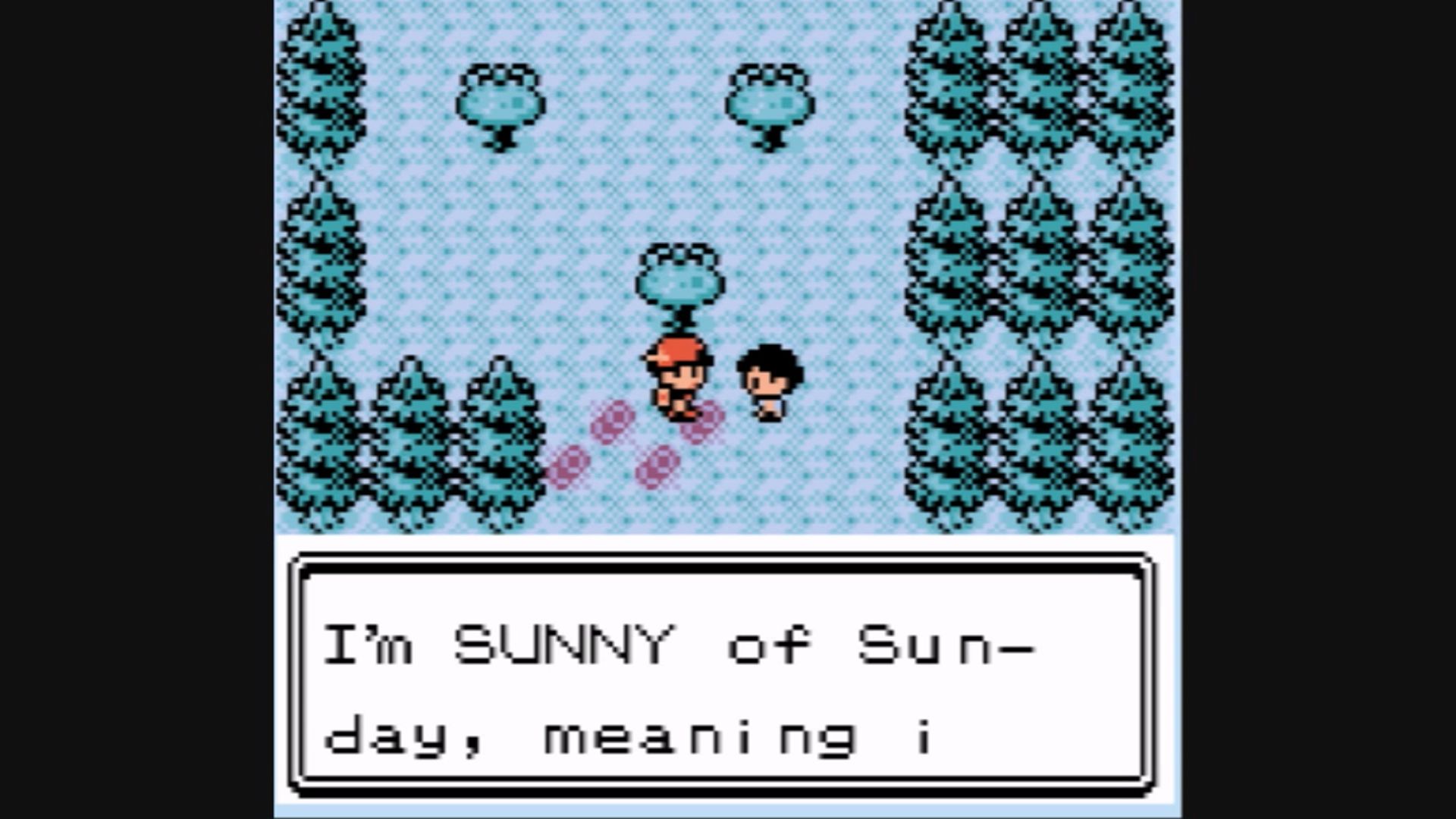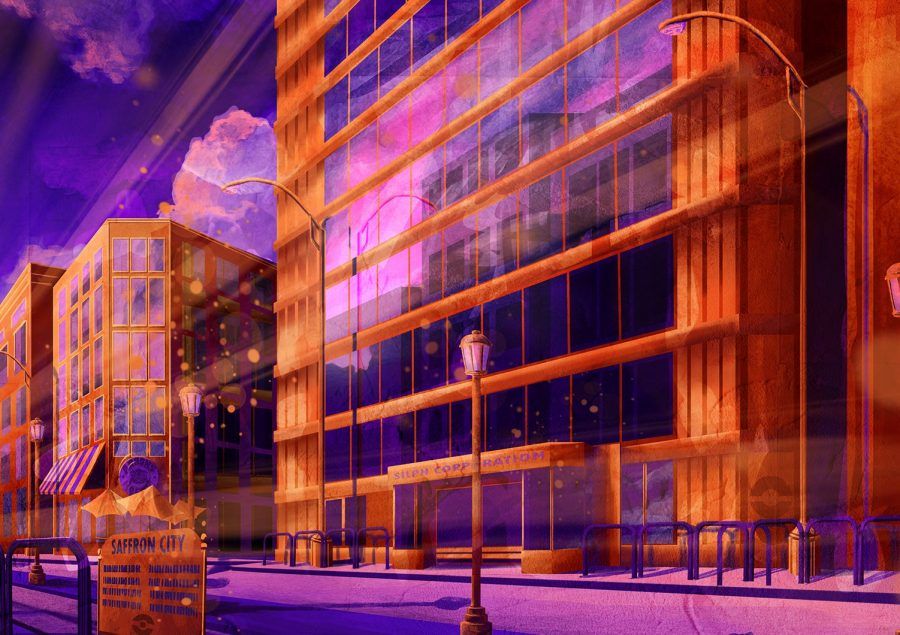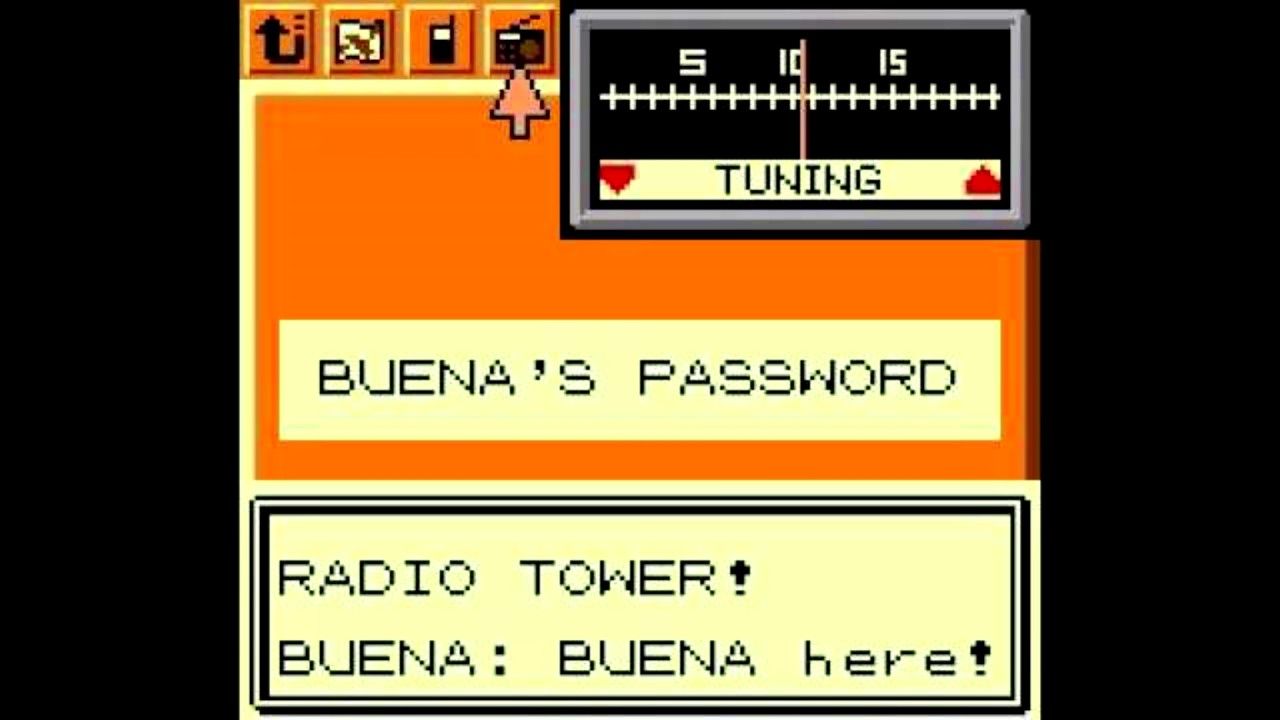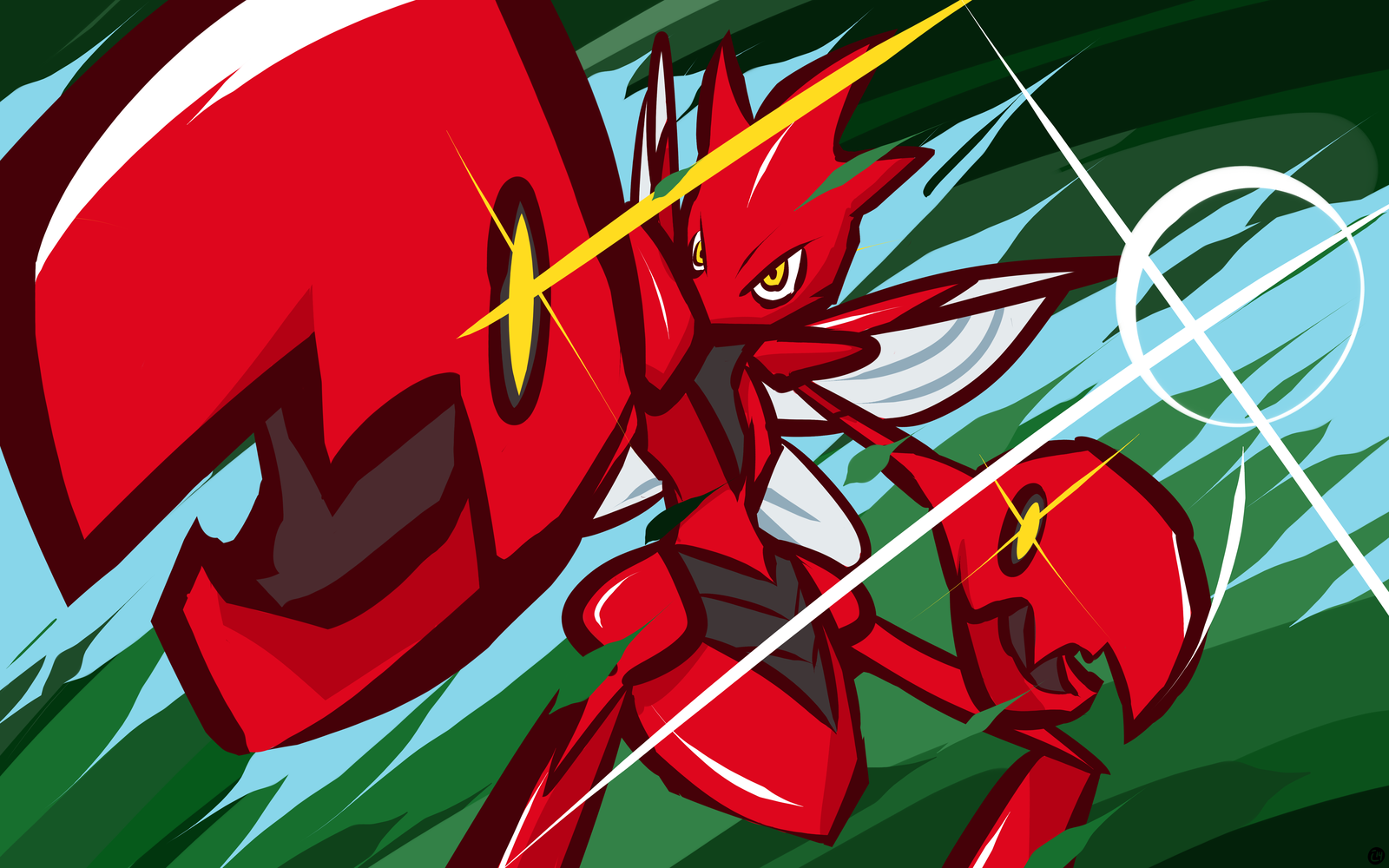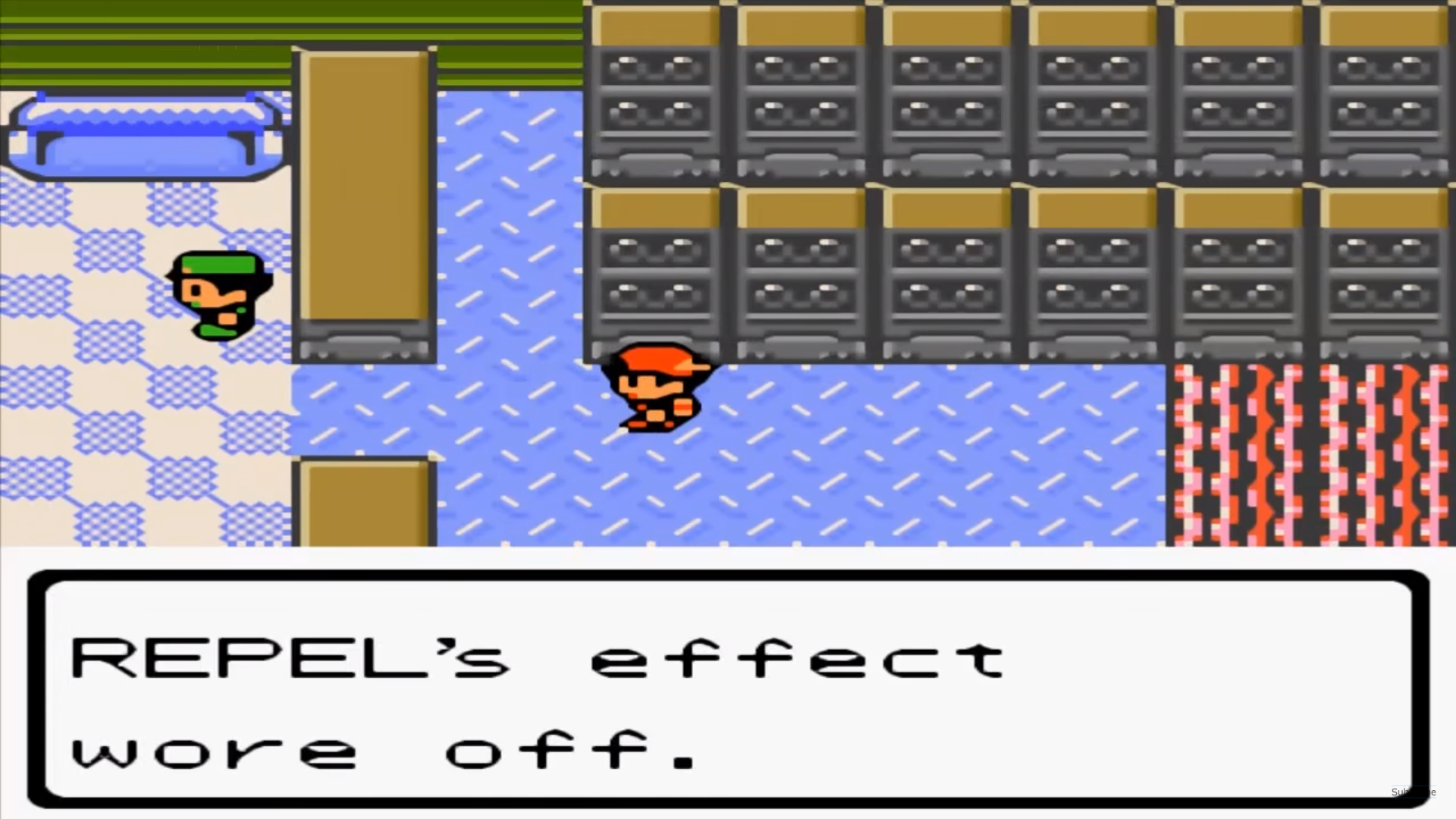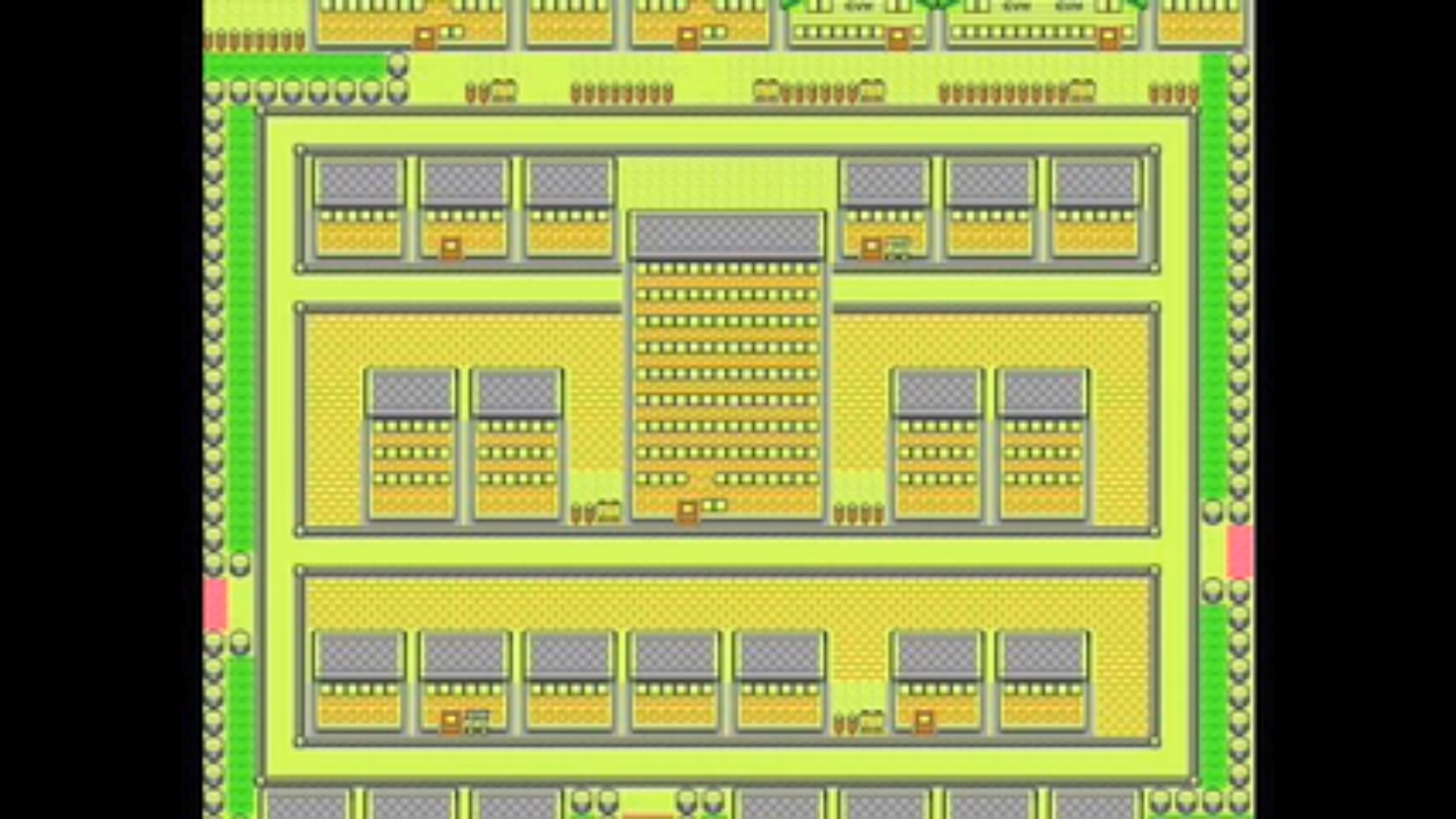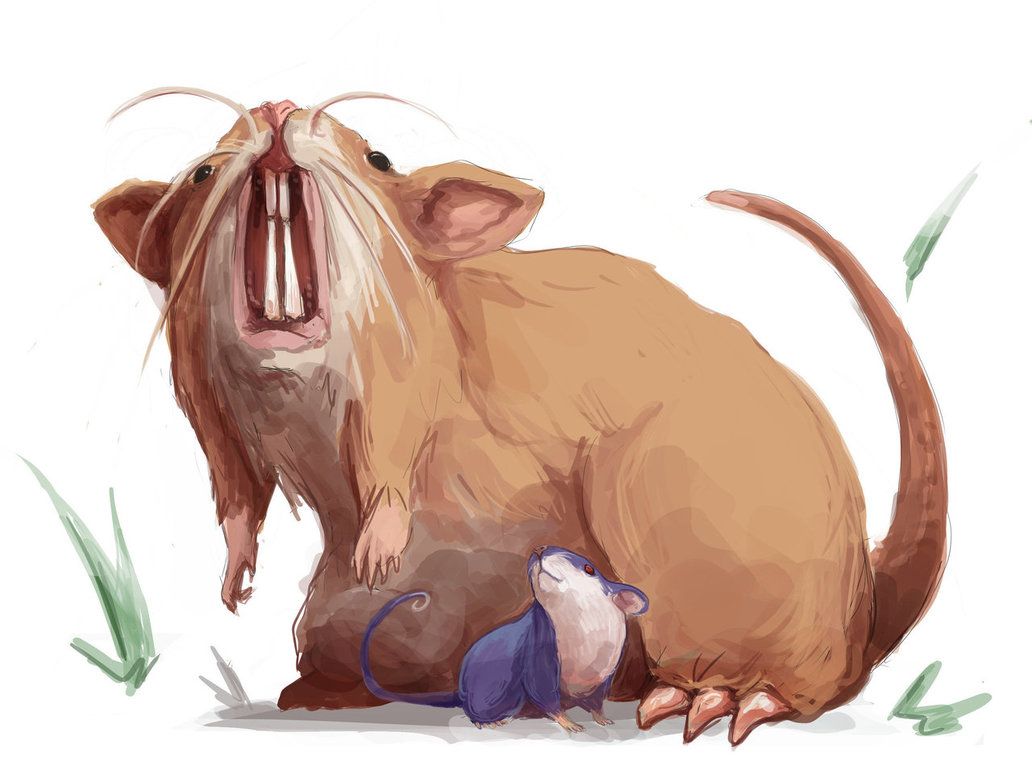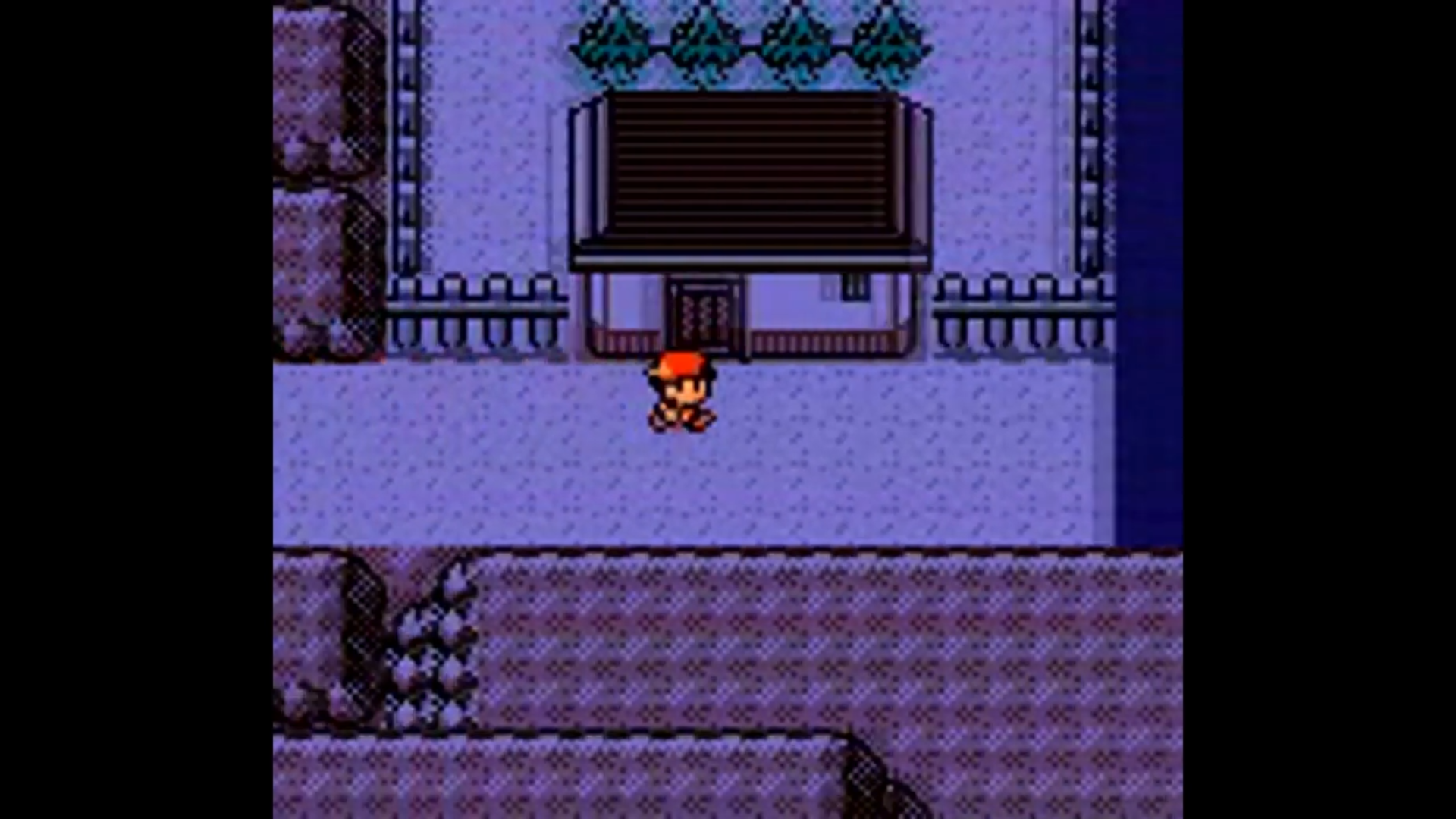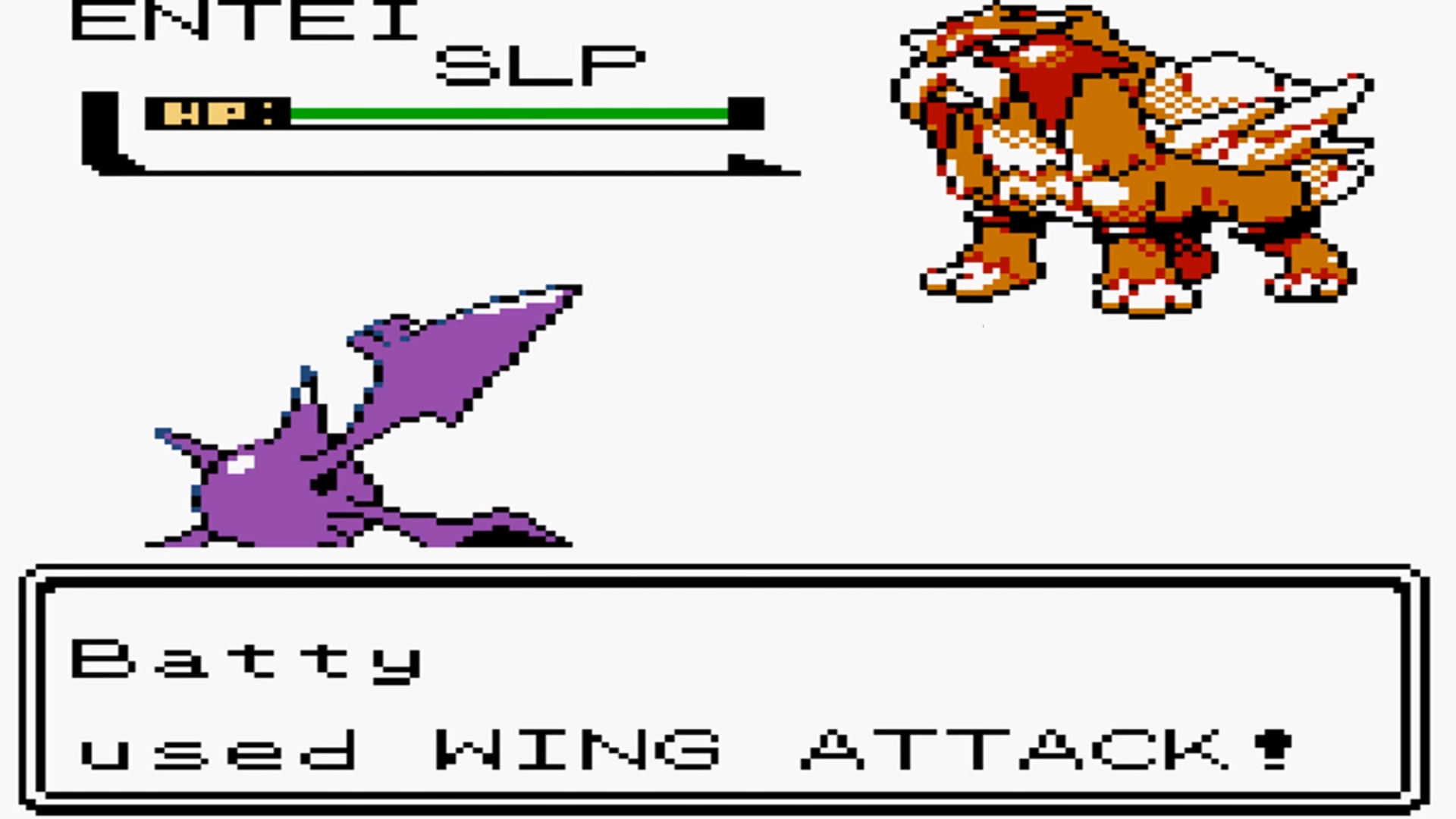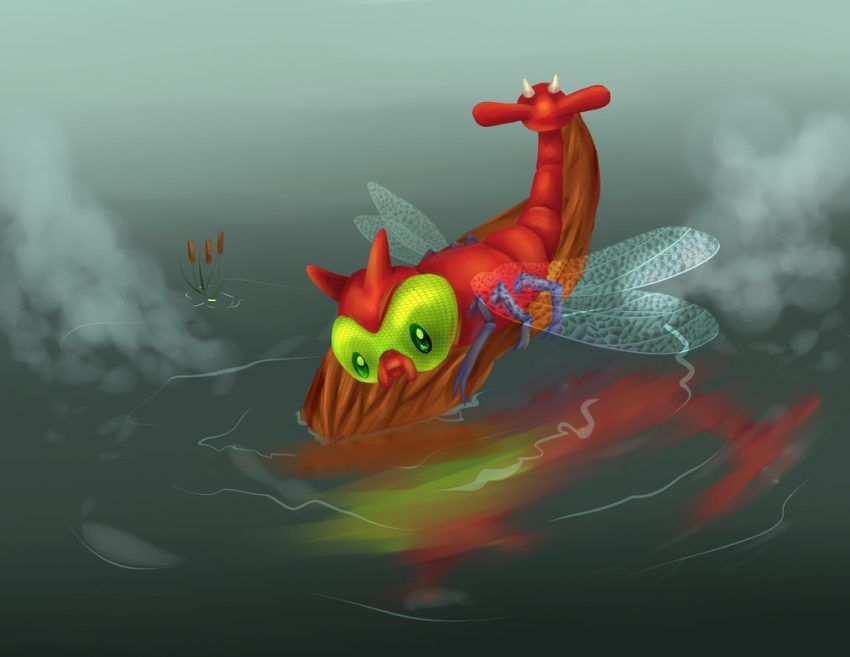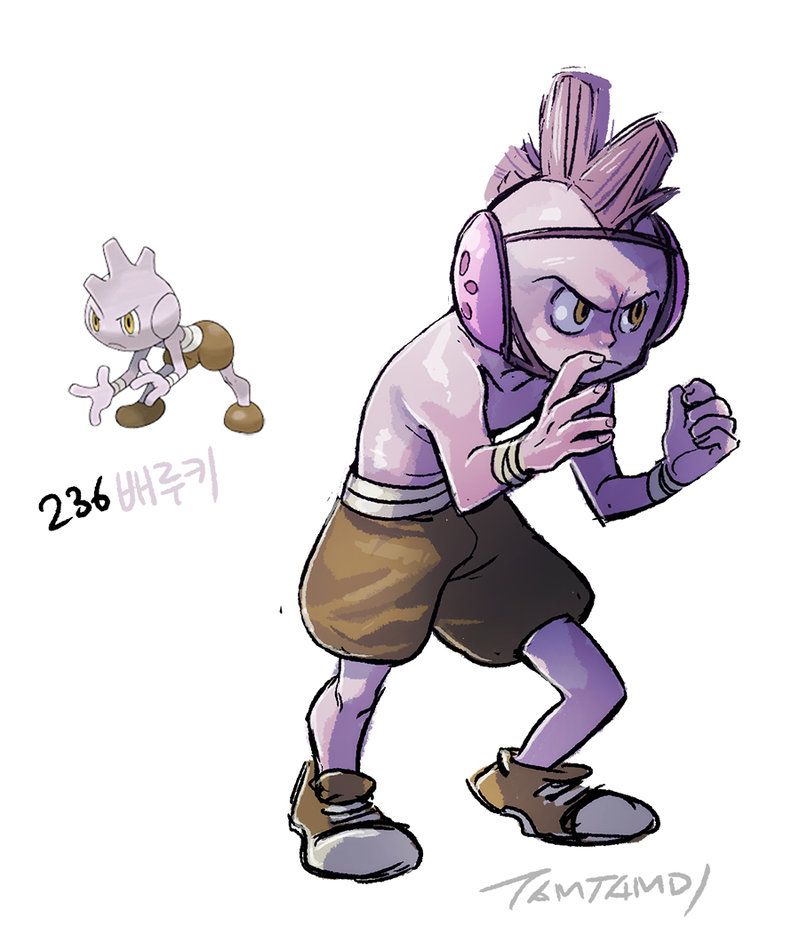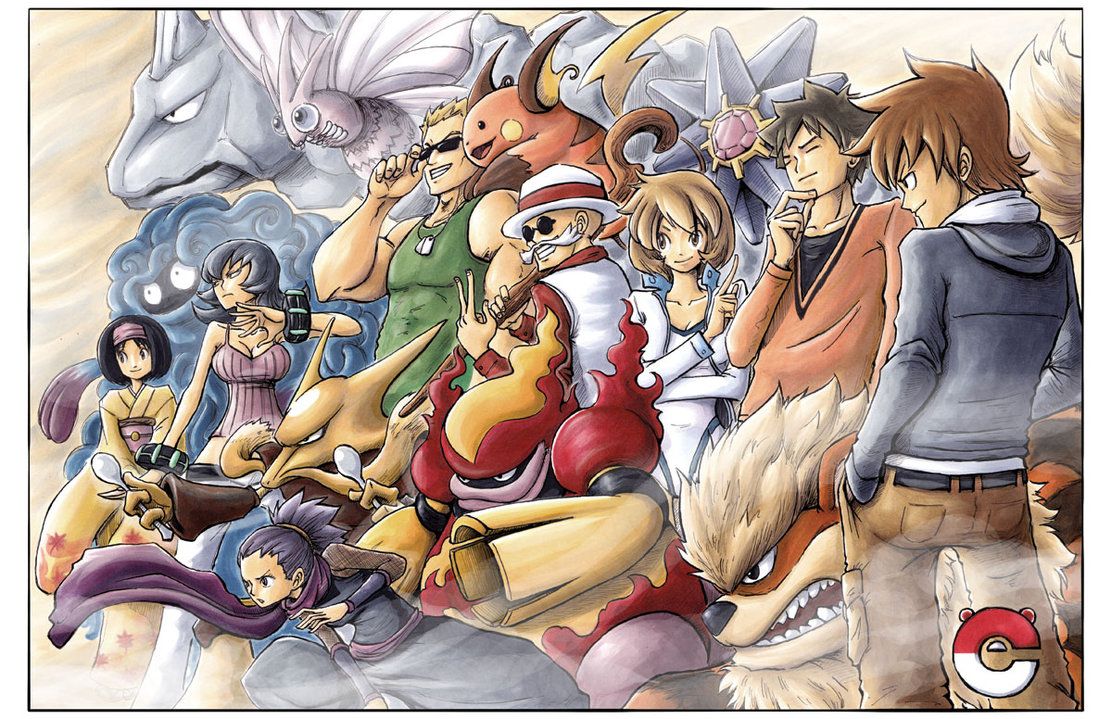Generation II of Pokémon is easily the most beloved in the entire series and for good reason. Consisting of Pokémon Gold, Silver, and Crystal, Generation II was a serious game changer for the franchise. It added roughly 100 new Pokémon; featured two regions for a total of sixteen collectable badges; introduced a day and night system; brought in two new Types; and added breeding into the mix. Generation II went above and beyond what was expected from a sequel, completely overhauling the franchise. Not just that, Johto came to life in a way Kanto never did, bringing with it more content than ever before.
With the addition of an in-game timer that served as a clock for the player, Gold, Silver, and Crystal were able to experiment with how players interacted with both Johto and Kanto. As a result, Generation II is absolutely teeming with side quests. Most of them you’ve probably never even heard of since they’re so ingrained with the game’s specific details. Of the ones you are familiar with, there’s a good chance the logistics are a bit obscure to you. As a whole, Generation II might have the most impressive and interesting side quests in the entire franchise just short of the Battle Frontier.
25 The GS Ball Quest
Most fans are only familiar with the GS Ball thanks to the anime. A rare item Ash obtained at the start of the Johto arc, it very quickly loses it focuses and gets forgotten less than halfway through the season. What you may not realize, though, is that the GS Ball actually originated within the game. Unfortunately, you wouldn’t have gotten the chance to use it until the 3DS release unless you lived in Japan.
Gen II's "under the truck" rumor has some legitimacy to it.
In an attempt to circumvent the need for “events” to distribute Pokémon, Nintendo implemented the GS Ball into Gen II’s 3DS rerelease. Upon beating the Elite Four, players could obtain the GS Ball from an NPC somewhere in the world. From there, they’d be able to use it to summon Celebi at his shrine. It is worth noting, however, this quest can only be triggered in Crystal.
24 Your Very Own Fossil
Although Johto is one of the few regions not to introduce any new fossil Pokémon into the series, likely in large part due to it being so intimately connected to Kanto which already had three, Generation II is kind enough to give players their own Fossil Pokémon should they decide to do a bit of questing once they get to Kanto.
It's almost a waste to get rid of such a rare Pokemon.
Once players reach Kanto, an NPC will be offering up a trade on Route 12. Unfortunately, he’s asking for a Chansey, a Pokémon with a 1% encounter rate in Generation II. So much as finding the Pokémon needed for this trade is a side quest in and of itself. Make sure you bring Ultra Balls too as Chansey has one of the lowest catch rates in the entire game.
23 Clefairy’s Dance
Early Generations of Pokémon feature a lot of wacky and almost surreal content. One such moment involves stumbling into Mt. Moon Square to catch Clefairies doing a ritualistic dance together. As strange as that sounds, you didn’t misread that. In fact, walking in on this dance is the only way to get Gen II’s single Moon Stone
Should a player visit the Square between Monday night after 8 pm and Tuesday morning before 4 am, the Clefairies will dance around a smashable rock. Upon seeing the player, they’ll flee, allowing Gold to smash the rock and get his Moon Stone. This process can be repeated weekly for Stones, so make sure you keep walking in on those sacred Clefairy rituals.
22 The Friday Lapras
Chances are you’ve passed through Union Cave before without giving it much thought. After all, route connectors aren’t exactly uncommon in the Pokémon universe and Generation I used plenty to help Red get around. Should players enter Union Cave on a Friday after defeating Morty, however, they’ll be greeted with quite the treat.
Lapras, or more specifically the Friday Lapras, is available to catch every Friday within the Union Cave. Previously, Lapras was only attainable via a gift in Gen I, she wasn’t even found in the wild to catch. Gen II fixes this, but ties it to side content. As a result, Lapras is easier to get a handle of while also maintaining her mystique.
21 Getting All The Gift Pokemon
Before you can say you’ve completed Pokémon Gold, Silver, or Crystal, make sure to check that you’ve gotten all seven potential gift Pokémon within the game. The first gift Pokémon you’re likely to get comes the Daycare man. Whatever egg he gives you will randomly hatch into either Pichu, Cleffa, Igglybuff, Tyrogue, Smoochum, Elekid, or Magby.
Your other six gifts will be: a Tyrogue from the aforementioned Karate King; a Shuckle you can get in Cianwood City; a Togepi from the Violet City Pokémon Center (which might also be your first alternatively;) Dratini at the Dragon’s Den; Eevee from Bill’s House in Kanto; and Spearow on Route 35.
20 Riding The S.S. Aqua
What will undoubtedly end up one of your main methods of transportation between Johto and Kanto, the S.S. Aqua takes the S.S. Anne’s place as the series’ Maine maritime vessel. Unlike its Generation I counterpart, however, the S.S. Aqua could actually be ridden. Not only that, it was home to trainers who could be battled. If that wasn’t enough, said trainers changed depending on where you sailed off from.
As a result, the S.S. Aqua is basically two “dungeons” in one. Exploring it fully requires sailing back and forth between the two regions. Due to the fact that every player will have Fly by this point, most end up missing the fact that the boat changes on a voyage back to Kanto. It’s not as if Generation II telegraphs it either, making it a genuine secret under a certain light.
19 The 50 TM Challenge
Even if you’re the type of person who completes their Pokédex in every game, chances are you don’t really go out of your way for the TMs. After all, there are so many and some are tied to the most obscure of quests or scenarios, requiring either a grind or just being in the right place at the right time. You can’t say you’ve fully beaten Gen II unless you have all those TMs, though.
It's probably not worth the effort, but you better get it done anyways.
With 50 TMs to hunt down, you’re going to spend quite a while trying to get everything sorted out. You’ll have to check every nook and granny of both regions, talk to each NPC, and check those Department Stores like it’s your job. It’s a demanding quest, and not one that’s even particularly rewarding if you get everything you want early on, but it is a core part of completion.
18 The Weekday Siblings
Both day and time play an enormous role in Pokémon Gold, Silver, and Crystal. The majority of side quests, and optional content in general, cannot be done at the whim of the player. Rather, they have to be coordinated properly. This can be understandably tedious for any completionists looking to power through as much side content as quickly as possible, but it does allow Johto to feel alive in a way other regions don’t.
To teach players about time management, Gen II opens up access to the Weekday Siblings as soon as the Zephyr Badge is acquired. Scattered across Johto, the Weekday Siblings bestow upon players held items that enhance a Pokémon type advantage. Finding them all requires locating their house on Route 26 and hunting them down day by day, but their goodies make the quest worth it.
17 Saffron City’s Lost Doll
Although a relatively basic quest, simply requiring the player to go from Saffron City to the Pokémon Fan Club in Vermillion City, the lost Pokédoll quest is interesting in that it’s a natural continuation of a quest from Generation I. In RBY, Red can give an NPC in Saffron a Pokédoll, and that very same NPC loses that doll in between games, asking Gold to find it for her. There really isn’t all that much to the quest itself, but it serves to bridge the two Generations together in a more meaningful way by showing players the impact Red has had on Kanto.
16 Filling Up Your Blue Card
Buena’s radio show, Buena’s Password, might genuinely be the most useful radio program in the entirety of Generation II. Introduced in Crystal, Buena’s Password is a quiz show which allows players to call in to answer questions. Should they answer correctly, they’ll be given points for their Blue Card. The Blue Card’s points can then be exchanged for items like Full Restores, Nuggets, and Rare Candies. Since Buena’s Password occurs every night, it’s easy enough to grind her show in order to stock up on items that would either cost a fortune or simply be unavailable for purchase elsewhere
15 Rematches With Your Rival
Silver stands out as an interesting rival in Pokémon in that he acts as the only explicitly antagonist rival in the franchise. While Blue served as Generation I’s final boss, he was not the game’s principal antagonist; Giovanni was. Blue was a rival, and though at times rude, he clearly cared about his Pokémon and being a better trainer. Silver is just cruel.
That makes it all the more satisfying when, upon beating the Elite Four, you can rematch him in order to teach him a lesson. Beating Silver multiple times is far more satisfying than beating Blue, because Silver deserves to be beaten into submission. Allowing players to rematch him is one of the more inspired moves on Game Freak’s part, and it even leads into a quest.
14 Restoring The Kanto Power Plant
Home to Zapdos in Generation I, the Kanto Power Plant returns in Generation II’s post-game, albeit this time tied to one of the most elaborate side quests in the series. With its power down, it’s up to Gold to actually figure out a solution. Should players explore Cerulean City enough, they’ll find a potential lead.
Upon entering the Cerulean Gym, players will see a Rocket Grunt leaving. Following said Grunt will take players to Route 24 where battling him rewards Gold the location of the part he needs to restore power to the Plant, completing one of the more involved quests in the series.
13 The Fighting Dojo’s Focus Band
Since the Fighting Dojo gets the Safari Zone treatment in Generation II, along with the player potentially already knowing that the Karate King isn’t there as Mt. Mortar can be done before reaching Saffron City, it’s easy to just go past the Fighting Dojo entirely and hit up Saffron Gym instead. Doing so deprives the player of the Focus Band, however, a held item which occasionally prevents fainting. Obtaining the item is really as simple as walking into the Dojo and claiming what’s yours, though many end up not doing so.
12 The Ballad Of Youngster Joey
Often mocked within the fandom for his Rattata obsession, Youngster Joey is little more than a meme at this point. Interestingly, though, he does have an arc of sorts within Generation II should you choose to actively keep up with his phone calls, seeking out rematching with him whenever the moment should arise.
His Rattata's looking sharper than ever.
While he’ll always brag about his Rattata, Youngster Joey will eventually evolve the critter into a Raticate. From there, he’ll progressively train him to new heights, offering you a genuine challenge. Should you rematch him early that is. Although Joey gets stronger in-universe, Generation II has poor balancing, meaning most trainers never level their Pokémon past 50.
11 Dragon’s Den
Even though the Dragon’s Den is necessary for completion, it’s tied to quite a few optional items that will ultimately go a long way in making your adventure all the smoother. Within the Den itself, players can find: a Max Elixir, a Max Potion, and TM 24 which gives them access to Dragonbreath. Upon completing the Den, Professor Elm calls the player informing them that he has a gift for them. Said gift is the Master Ball, but, given how many players get into that endgame rush to the Elite Four, it’s easy to forget about it entirely.
10 The Legendary Dogs
In what would become a tradition for the series, Generation II marked the beginning of the roaming Legendary concept. Upon triggering the Legendary Dogs, Entei, Raikou, and Suicune would roam Johto for the rest of the game, requiring players to catch them quickly as they typically flee right away.
Gen II easily has the best rendition of the roaming Legendary concept.
Later Generations would save roaming Legendaries for post-game, but it’s quite nice that Generation II sprinkles them out throughout the main campaign. As a result, players are more likely to actually catch a roaming Legendary on their journey, rather than being forced to grind one specific location for them.
9 Embracing The Swarm
One of the easiest side quests to overlook in Generation II is the swarm. Introduced rather early on, swarms of Pokémon will occasionally gather together at a certain location, requiring the trainer to rush over in order to stock up on said Pokémon. All things considered, it’s meant to be a way to get players unique Pokémon early on, but it involves backtracking in a way that might not be desirable.
That said, dropping everything for a swarm can pay off either for personal Pokémon use or just filling out the Pokédex. Swarms are generally meant to be events out of your way. They’re not designed with the player’s best interest in mind deliberately. That can be a frustrating design philosophy, but it’s also one that adds a bit of realism to Johto. Why would swarms bend to your will?
8 Goldenrod Bargain Sale
Make sure you befriend Camper Todd and add him to your Pokégear as early as possible since he’s the only way you can trigger the Goldenrod rooftop bargain sale. An event exclusive to Pokémon Crystal, the Goldenrod bargain sale is entirely random. Day or time doesn’t matter whatsoever, Camper Todd will simply call you out of the blue to tell you to rush over.
Stock up on those Ultra Balls. You'll need them.
It is strongly advised you don’t pass him up on this offer. While the bargain sale doesn’t sell much out of the ordinary, everything for sale is discounted considerably. This is, by far, the best way to stock up on Full Restores, Revives, and Ultra Balls in the game. It’s a shame such an event is dictated entirely by chance, but it would perhaps be too useful if it was a weekly event.
7 Mt. Mortar’s Tyrogue
The leader of a pseudo Gym in Kanto, Kiyo the Karate Master tricked many a player in Generation I when they stumbled upon his Gym expecting a badge. While his Gym is still active in Generation II’s Kanto, Kiyo himself is missing. This is because he’s gone on to train in Mt. Mortar, and hunting him down bestows the player a Tyrogue.
More specifically, Kiyo challenges the player to a battle and only if they win will he give them a Tyrogue which will then evolve into one of three Pokémon; Hitmonlee, Hitmonchan, or Hitmontop. Unfortunately, it’s all too likely players will stumble upon Kiyo late game, meaning he won’t put up much of a challenge, but it’s nonetheless an interesting quest.
6 The Kanto Gym Order
In general, Kanto is noteworthy due to the mere fact that it’s another region added on top of a full game. Likewise, it even shuffles the Generation I Gym order around, keeping the region fresh for new players. What you might not have really processed, however, is that Kanto’s Gyms can be tackled in just about any order.
The series will never be this open world again.
Generation II’s Kanto is as freeform as a Pokémon game gets. There is absolutely no obligation tackle the Gyms in any order. So long as you go out of your way to explore and trigger the Gyms that need to be triggered, Kanto is your oyster. Of course, there does seem to be a “set path” in place that ultimately ends in Viridian City, but there’s nothing stopping you from skipping around.


